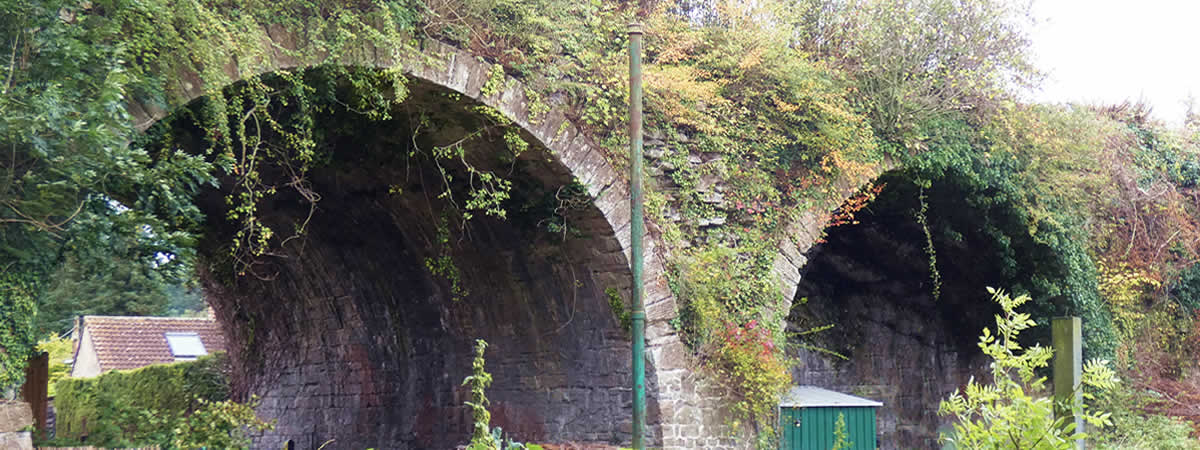Coleford History
Mining
Apart from agriculture, the main industry in recent history (between 1700 - 1900), was coal mining. Originally a cottage industry, demand grew with the industrial revolution. The main pits in the area were Coalbarton pit, which closed in 1869 following a firedamp explosion which killed 9 miners, and Newbury and Mackintosh pits. Mackintosh opened in 1867 and closed in 1919, due to a failure of the pit cage rope. Suitable rope was in short supply because of the first word war. It was not possible to bring up the pit ponies without the cage working, so they had to be killed down in the mine. Newbury pit closed around 1927. Other pits in the area were at Vobster and Mells.
The life of Somerset miners is celebrated and documented at Radstock Museum. The Museum also holds the official Archive of the former Somerset Coalfields in the form of the Museum Catalogue. These records are available, by appointment, at the Museum for research and private study. A taster of what the Museum catalogue contains can be accessed on-line at the Radstock Museum Catalogue.
The Canal
In order to export coal from the area it was proposed that a branch canal be constructed from Nettlebridge, via Coleford, to Frome, to join the proposed Dorset and Somerset Canal which was planned to run from the Kennet and Avon Canal near Avoncliff to Wareham. The purpose of this canal was to link Bristol with the south coast at Poole.
Construction of the branch through Coleford began in 1786, before the main line, and was planned to use boat lifts designed by Fussells of Mells in place of locks.
Remains of the canal can be seen at several places in around the village.
The major remaining feature in Coleford is the 'Huckyduck', or aqueduct. Remains of the first boat lift can be seen north of Mells.
The project was abandoned in 1803, due to lack of funds and the effects of the Napoleonic War.
Newbury Railway and Quarrying
The Newbury Railway replaced the canal, running from Newbury Colliery to join the Radstock to Frome railway at Mells Road. It was built in 1858 by the Westbury Iron Company in order to supply coal to its blast furnaces in Westbury.
During construction, high grade limestone was discovered at Vobster, and as this was also required by the blast furnace quarrying there commenced. Due to demand generally for limestone, quarrying continued well after the closure of the blast furnaces.
WM Jones
WM Jones, the author of the 'Jarge Balsh' books, lived most of his life in Coleford, running the Crossways Stores (now the Co-op), and was an avid photographer, taking many photos of village life. Many of these along with many of his writings can be found on the Jarge Balsh and His Creator website.
'Coleford as 'Twere'
The book 'Coleford as 'twere', produced by the Coleford Oral History Group, contains many vivid memories of Coleford between the years 1900-45, and gives a wonderful insight to life in the village at that time.
'Coleford a village somewhere in Somerset'
Coleford resident, Steve Hodges has conducted extensive research to produce this book about the history of the village. A copy is available for you to read at Frome Library.


